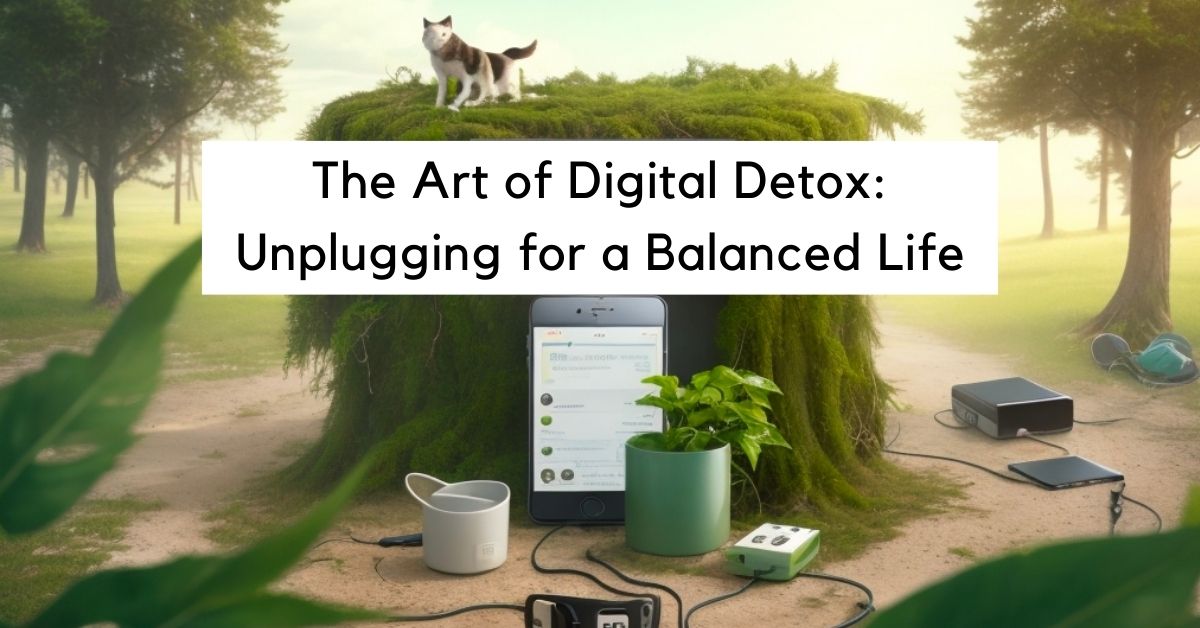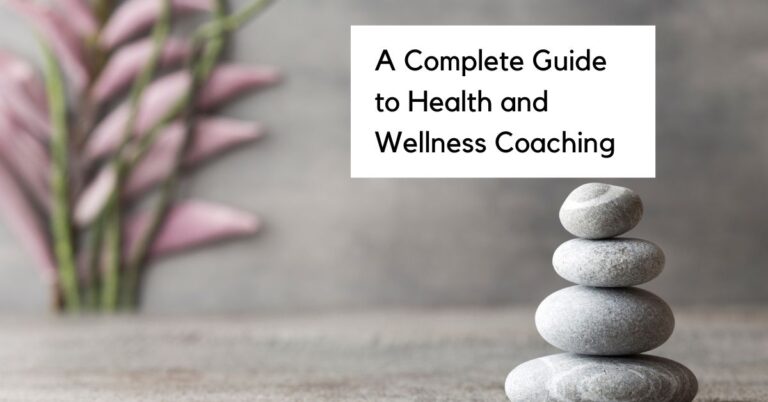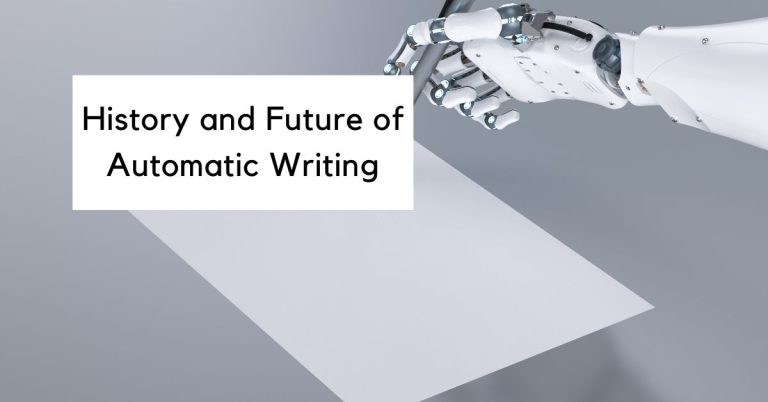The Art of Digital Detox: Unplugging for a Balanced Life
In today’s era of technology addiction, social media apps and digital devices have become deeply ingrained in our daily lives. Most people spend too much time online, constantly connected to their phones and immersed in the virtual world.
However, in this hyperconnected landscape, finding a sense of balance is crucial. That’s where the art of social media detox and technology detox comes into play—an intentional and conscious decision to disconnect from social media apps and take a break from the allure of digital devices.
Unplug and Reconnect
Social media and technology detoxing offer much-needed relief from the constant bombardment of push notifications, endless scrolling, and the addictive pull of social media platforms. They allow us to hit the pause button on the overwhelming time we spend online and the addictive grasp it has on our lives. By temporarily freeing ourselves from the grip of social media and digital devices, we create space for authentic real-life experiences, meaningful human connections, and personal growth.
Defining Social Media Detoxing
Social media detoxing refers to the conscious and intentional act of temporarily disconnecting from social media apps and online platforms to reduce online time and create a healthier relationship with technology. It involves taking a break from the constant push notifications, social media scrolling, and other digital distractions to prioritize real-life experiences, human connections, and personal well-being.
Social media detoxing aims to restore balance by allowing individuals to step away from the virtual world, recharge, and regain control over their social media habits. It involves setting boundaries, engaging in screen-free activities, and practicing mindfulness to find a healthier balance between the digital and real world.
Digital Disease
From children to adults, the allure of screens and constant connectivity has led to concerns about the negative effects on mental well-being. This section delves into the detrimental consequences of excessive Internet use, supported by information from a trusted medical online source, Healthline, written by Beth Ann Mayer.
According to a 2019 Pew Survey, the number of American adults who reported being “almost constantly” online rose from 21 percent in 2015 to 28 percent. Alarmingly, about half of young adults between the ages of 18 and 29 stated that they were online “almost constantly,” representing a significant increase compared to the previous year.
Ownership of smartphones has also skyrocketed, with 81 percent of American adults owning a smartphone in 2019, compared to just 35 percent in 2011. Additionally, Facebook, once a platform primarily used by college students, has now become a mainstay for 69 percent of adults.
Research suggests that spending prolonged hours watching TV or using a computer can worsen a person’s mood and even lead to moderate to severe depression. High levels of sedentary behavior associated with excessive screen time have also been linked to depression. Paradoxically, while social media use has been associated with lower levels of anxiety and depression, excessive reliance on screens can create a sense of disconnection from real and meaningful relationships.
As the prevalence of excessive Internet use continues to rise, it is crucial to recognize and address its negative impact on mental well-being. By implementing strategies such as taking breaks, tracking screen time, and finding a healthy balance, individuals can regain control over their digital habits.
Remember, moderation and mindfulness are key to fostering a positive relationship with screens and ensuring overall well-being in the digital age.
While reducing screen time is vital, managing our technology use is equally important. It’s about establishing boundaries that define when and how we engage with technology. Start by setting realistic expectations for responsiveness, alleviating the constant pressure to be constantly connected.
Prioritizing Mental and Physical Health
When it comes to social media, curating your feeds with positive content can significantly impact your online experience. Unfollow accounts that bring negativity or comparison into your life, and instead, seek out accounts that inspire, motivate, and educate you. Surround yourself with content that aligns with your interests, passions, and values, fostering a more uplifting and enjoyable digital environment.
Ditch the Digital Devices
Practicing a social media detox is essential in managing your technology use. Regularly review your social media apps, push notifications, and digital subscriptions to determine which ones truly add value to your life. Remove or disable the ones that no longer serve a purpose, freeing up mental space and reducing unnecessary distractions.
One effective strategy to enhance this balance is turning off push notifications. By freeing ourselves from constant interruptions, we can focus on the present moment and improve our overall productivity. Granting ourselves permission not to respond immediately to every notification or message is also important. This practice allows us to prioritize and choose when to engage, reducing stress and maintaining a healthy level of control over our digital lives.
In addition to managing notifications, giving ourselves permission to detach from our phones entirely can be beneficial. Whether it’s leaving the phone behind during a peaceful nature walk, or switching it to airplane mode before bed, these small actions help us disconnect, unwind, and fully engage in offline experiences. Embracing these practices fosters a healthier relationship with our smartphones and enhances our overall well-being.
Furthermore, by using social media mindfully and intentionally, we can focus on meaningful connections rather than mindless scrolling. Engage with posts that resonate with you, leave thoughtful comments, and initiate conversations that foster genuine relationships. Remember that social media apps are tools for communication and community-building. By approaching them consciously, we can create a more fulfilling digital presence.
By implementing these strategies and being intentional in our technology use, we can strike a balance between staying connected and nurturing our well-being.
Mindfulness and Self-Care
In our digital age, nurturing our digital well-being goes beyond simply reducing time online. It involves incorporating mindfulness and self-care practices into our lives. By practicing mindfulness, we become more conscious of our online time and can make intentional choices that align with our values and priorities. It helps us develop a healthier relationship with technology by allowing us to be more present and engaged in the real world.
However, mindfulness alone is not enough to maintain a balanced digital life. Self-care plays a crucial role in replenishing our energy and promoting overall well-being. Engaging in physical exercise not only benefits our physical health but also helps clear our minds and reduce stress.
Exploring meditation and deep breathing techniques can bring a sense of calm and relaxation in the midst of digital distractions. Additionally, pursuing offline hobbies and interests provides a much-needed break from phone screens and allows us to tap into our creativity and passions.
By nurturing our digital well-being through mindfulness and self-care practices, we can create a more intentional and fulfilling relationship with technology. These practices empower us to disconnect from the constant digital noise, recharge our energy, and prioritize our mental, emotional, and bodily well-being.
5 Tips for Reducing Online Time
Now that we understand the importance of a technology detox, let’s explore practical tips to help us achieve a healthier balance between the digital and real world. Reducing time spent online doesn’t mean completely eliminating technology; it’s about finding a harmonious equilibrium that suits our individual needs. Here are five steps to get you started on your journey toward a technology detox.
Tip #1: Assess Your Technology Habits
Reflect on your current technology use to gain insights into your personal habits. Self-awareness is key to understanding where adjustments need to be made. Observe how frequently you find yourself reaching for your phone, how much time you spend scrolling through social media, or how often you check your email. Are there specific triggers or patterns that contribute to excessive time online?
Tip #2: Strike the Balance with Time Management
Set realistic goals to reduce online time, and find balance in staying connected without being overwhelmed. Consider work and communication needs, and set clear boundaries for productive online activities. Create screen-free time for joy and personal growth. Find the right balance between tech benefits and offline experiences.
Tip #3: Maximize Productivity
Optimize time with phone tools and productivity apps. Prioritize tasks, set reminders, and track time to improve efficiency. Try time-blocking or the Pomodoro technique. Work smarter, not harder, for a healthy balance. Maximize productivity, leaving space for self-care and meaningful activities. There are many time management tools you can use to avoid Doom Scrolling.
Tip #4: Embrace Offline Joy
Prioritize activities that don’t revolve around digital devices. Engage in hobbies, spend time outdoors, and connect with loved ones face-to-face. These screen-free moments of joy will enrich your life and help you maintain a healthy balance. Explore interests and passions that exist outside the realm of technology. Discover new hobbies that ignite your creativity or challenge you mentally and physically. Immerse yourself in nature and let its beauty rejuvenate your soul. Foster more profound connections with loved ones by organizing activities that promote meaningful interactions and quality time together.
Tip #5: Cultivate Digital Awareness
Stay present and engaged during digital interactions. Avoid aimlessly scrolling and multitasking. Set aside dedicated time for technology use, giving your full attention to the tasks at hand. Be aware of your digital habits and how they affect your well-being. Journaling can be a helpful practice in this regard. Instead of constantly checking your phone, try redirecting your attention. Take breaks to assess your digital engagement and take deep breaths to reflect on your overall well-being.
By embracing these practical tips, you’ll reclaim control over your digital habits and foster a more balanced and fulfilling life. Remember, it’s not about wholly disconnecting; it’s about finding that sweet spot where technology enhances rather than dominates our lives.
Final Thoughts
Reclaiming balance in the digital age is a transformative process that requires intentional effort and commitment. Now that you have gained valuable insights into the importance of a social media detox, it’s time to take action and consciously embrace the power of a digital detox.
Implementing the practical tips and strategies we’ve discussed will allow you to create pockets of time and space free from the grip of technology addiction. Whether it’s designating device-free zones, setting limits for time spent online, or using phone tools to manage your digital habits, each step brings you closer to achieving a healthier balance.
Remember, social media detoxing is not about completely disconnecting from social media apps and digital devices, but rather finding a harmonious equilibrium where technology serves as a tool to enhance your life rather than control it. By reclaiming control over your time online and prioritizing your well-being, you can rediscover the joy of genuine connections, engage in meaningful activities, and live in the present moment.
So, as you embark on this journey, let the power of social media detox guide you toward a more balanced and mindful life. Unplug from the noise, reconnect with your passions, and savor the beauty of the world around you. The choice is yours, and the possibilities are endless. Embrace the power of social media detox and unlock a life of greater fulfillment, purpose, and happiness.







